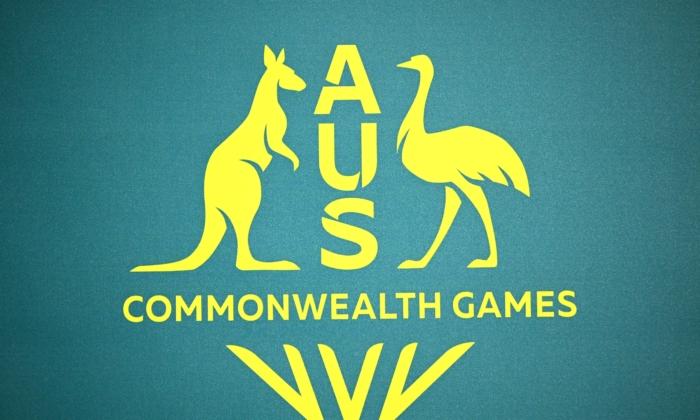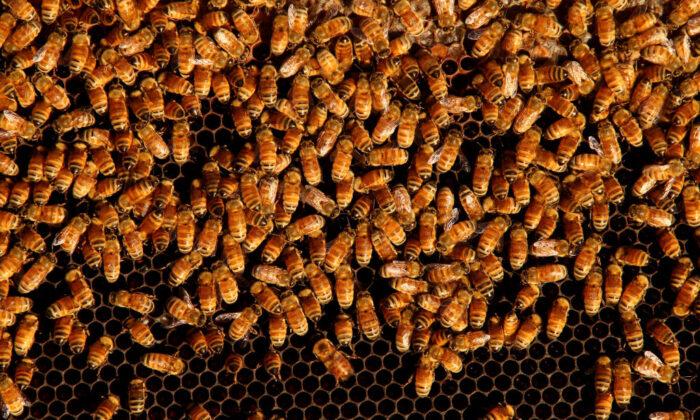Australia needs to set national guidelines on plastic recycling for consistent recycling schemes across the nation, an inquiry has been told.
With plastic recycling rules varying not only between states and territories but also within each city, the fragmented nature of plastic recycling makes it hard for businesses to understand and follow.
“It’s very confusing from council to council, from town to town, city to city,” Geddes said.
Report on Rubbish
Clean Up Australia’s most recent Rubbish Report (pdf), revealed that plastic accounts for 63 percent of rubbish removed from parks, schools, bushland, creeks, beaches, and roadways, making it a 17 percent increase from 2021.Out of the plastics recovered from public places, the greatest challenge was soft plastics which increased by seven percent, followed by hard plastics by five percent, and polystyrene by five percent compared to 2021.
The collapse of the REDCycle soft plastic recycling collection program in November 2022, has further added to the current plastic waste challenges Australia is already facing.
A report by the Minderoo Foundation found Australia generates the most single-use plastic waste in the world per capita, with the equivalent of 60 kilograms of waste for every Australian per year.
Since Clean Up Australian was founded in 1989, more than 20 million volunteers have donated more than 38.5 million hours to their local communities and removed hundreds of thousands of ute loads of rubbish from over 215,500 registered locations across the country.
Volunteers found an increased number of disposable vapes in the most recent Clean Up Australia Day.
“At the moment, it’s very anecdotal. We’re starting to see that as a real problem and it’s because they’re a single-use item and they’re also illegal items,” Geddes said.
Geddes said that legal vapes bought from chemists can be taken back to be recycled properly.
“But all the illegal vapes are the ones that are really problematic,” she said.
“It creates a lack of trust in our recycling efforts.”
Recycling Across Australia
Currently, the easiest way to dispose of household waste items in Australia is to use the kerbside recycling service which is run by local councils with regular pick-ups. Some councils have specific rules regarding the bins but most accept paper, cardboard, metal cans, plastic containers, and glass bottles.ARL was developed by the Australian Packaging Covenant Organisation in partnership with Planet Ark and Packaging Recyclability Evaluation Portal Design.
The program supports brand owners and packaging manufacturers to design packaging that is recyclable at end-of-life and aims to increase recycling recovery rates.

The Container Deposit Scheme (CDS) is a recycling scheme for certain types of bottles, cans, and cartons that anyone can use to receive a 10-cent refund per eligible container recycled.
The recycling scheme was first implemented in South Australia in 1977 as a way to reduce litter but now has environmental, financial, and social benefits.
All Australian states and territories except Victoria and Tasmania have recycling schemes.
National Plastic Plan
The Australian government’s National Plastic Plan 2021 (pdf) outlines the government’s approach to increasing plastic recycling, finding alternatives for unnecessary plastics, and reducing the impact of plastic on the environment.The consumption of plastic has grown dramatically since the 1970s and plastic production is expected to double in the next 20 years, the report said.
It is reported that Australia now produces 2.5 million tonnes of plastic waste each year, roughly equal to 100 kilograms per person. Of these 2.5 million tonnes, only 13 percent of plastic is recovered and 84 percent is sent to landfill.
In the plan, it aims to phase out problematic and unnecessary plastics such as plastic packaging products that do not meet relevant compostable standards, and phase out expanded polystyrene moulded packing.
By 2025, the industry target is to deliver two prevention concerns of having 100 percent of packaging being reusable, recyclable or compostable, and phasing out the problematic and unnecessary single-use plastic.
Plastic Free July
Plastic Free July is an initiative of the Plastic Free Foundation that began in Western Australia in 2011, it has now grown into an international campaign where participants commit to reducing plastic pollution for July and beyond.The initiative aims to help beat plastic pollution by making small changes in people’s lives by stopping the use of single-use plastic products such as avoiding bottled beverages, choosing reusable coffee cups and avoiding plastic packaging.
Since the launch, Plastic Free July has reduced global demand by 2.3 percent of all bottled water, 3.1 percent of all fruit and vegetable packaging, and 4 percent of all plastic straws.





